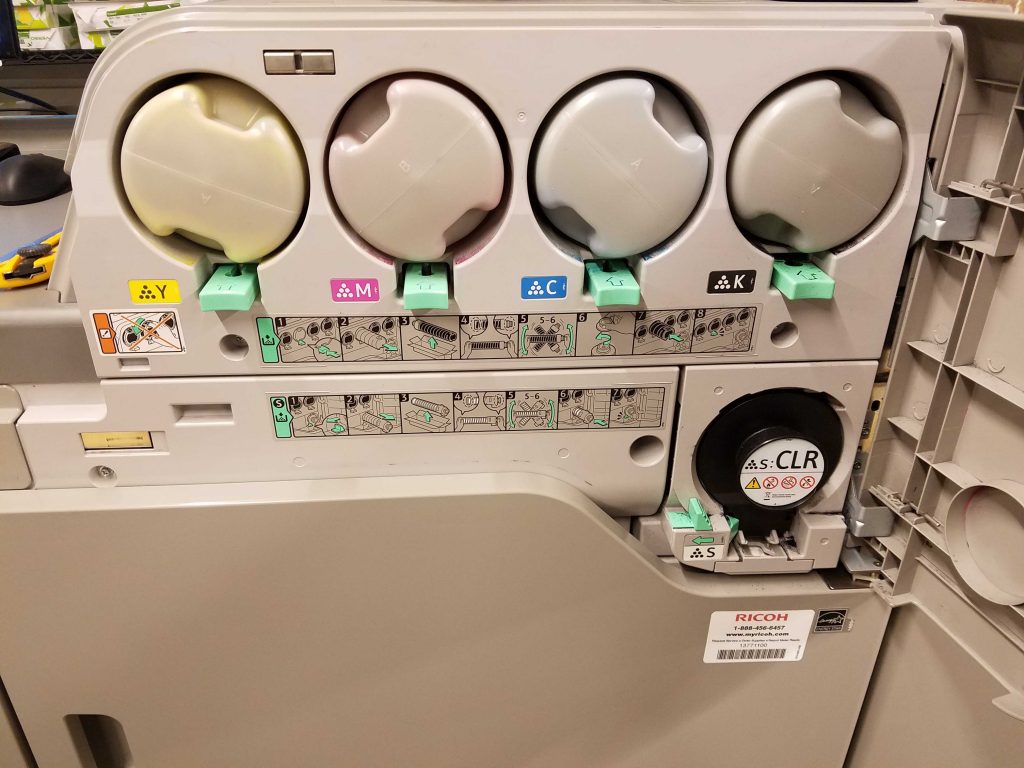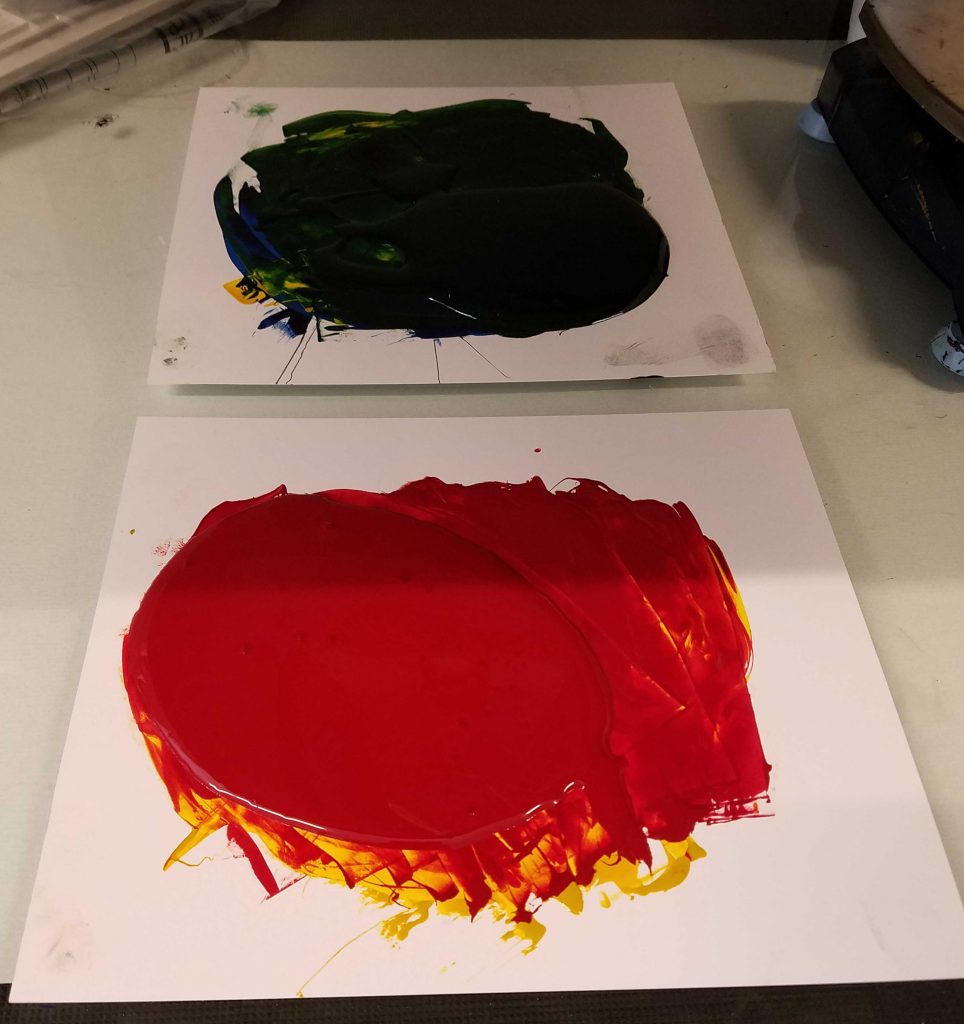When the time comes to work with a professional print shop in Chicago, it is very important that you understand some of the basics when it comes to the actual method of color printing. Here at Alphagraphics, we can help you break down two of the most common methods: Digital Printing & Offset Printing. This will help you better understand the process so that you can get the most out of your color printing experience.
Digital Color Printing
Digital color printing refers to the process of color printing digital-based images to media. It typically encompasses smaller-run jobs (1,000 copies or less).
Digital printing offers shorter lead times, and while the price per page is typically higher, it is offset by the limited amount of set up required to run a job.

Digital printing utilizes a CMYK color format for production. If you have any graphic design experience, you know that
CMYK is standard for digital printing. If you are not familiar with this terminology, CMYK represents the 4 colors that are mixed to create a variety of other colors, thus producing your full-color print. This is also known as
4-color process. Digital machines can be put into two categories:
Inkjet & Laser.
Inkjet printers utilize
ink in a liquid form and are typically used as “at-home” printers. Professional print shops tend to use laser printers which utilize a fine powder known as
toner. At Alphagraphics, we operate LaserJet machines. Being that laser printers use toner to build color, a fuser oil is applied during the printing process, allowing the toner to fuse to the paper. This gives digital prints a slight sheen, even if you are printing to a matte paper stock. For this reason, people who are looking for a super-matte finish may prefer to print on an offset press, as fuser oil is not required. If you are providing a file that you intend to print digitally, your color format in the file should be set up as CMYK (not RGB which is meant for the web, or PMS which is meant for the offset press). If your colors are not set to CMYK, the machine will output colors that are not what you would expect. Continue reading to learn more about the difference between a CMYK color profile and PMS inks.
Offset Printing
Offset printing refers to the process in which an image is transferred from a printing plate to the printing surface (media). It typically encompasses larger runs (1,000 copies or more) and makes the most sense price wise when you have greater quantities. The lead time with offset color printing is typically longer, as there is more set up involved and the inks require more time to dry.

Offset color printing can utilize both
CMYK and
PMS Spot Colors. There are a few different types of offset presses: 2-color, 3-color, and 4-color. A 2-color or 3-color offset press uses 2 or 3 PMS spot colors to print. PMS refers to the
Pantone Matching System. There are two different categories for PMS colors:
Coated and
Uncoated. A designer/printer will typically pick between the two depending on which paper stock is used for print. For semi-gloss or gloss paper stocks, a coated PMS color is typically used. For matte paper stocks, an uncoated PMS color is typically used.
Alphagraphics Tip: The formula for PMS colors between coated and uncoated is the same. The difference is how they appear on the paper stock you choose. You can refer to a PMS swatch booklet to understand how your color selection will turn out once printed (if you do not have access to a PMS swatch booklet, feel free to stop by our
Alphagraphics location in Chicago and one of our skilled professional can help walk you through it)! After colors have been defined, a press-man will take different inks and mix them to produce the PMS spot color(s) needed. Before the ink is applied to a rubber blanket and then to the paper stock, a plate is created. The plate contains the printed image and is used to create the separation of colors. If you are working with a 4-color CMYK press, 4 plates will be used, one for each color. Offset printing requires a longer set up and thus increases lead times. It is cost-effective if you are looking to produce larger volumes. When companies develop their brand identity, they will typically define their PMS colors for print. Offset printing is best when companies are looking to print business package materials such as letterhead, envelopes, business cards, notepads, etc. Ordering these items in high quantities will help them save in the long run.
Whether you are printing postcards or business cards, a brochure, or a flyer, it is important to understand the different methods of printing and how they can impact your project. Knowing what to expect can help you navigate professional printing with ease!